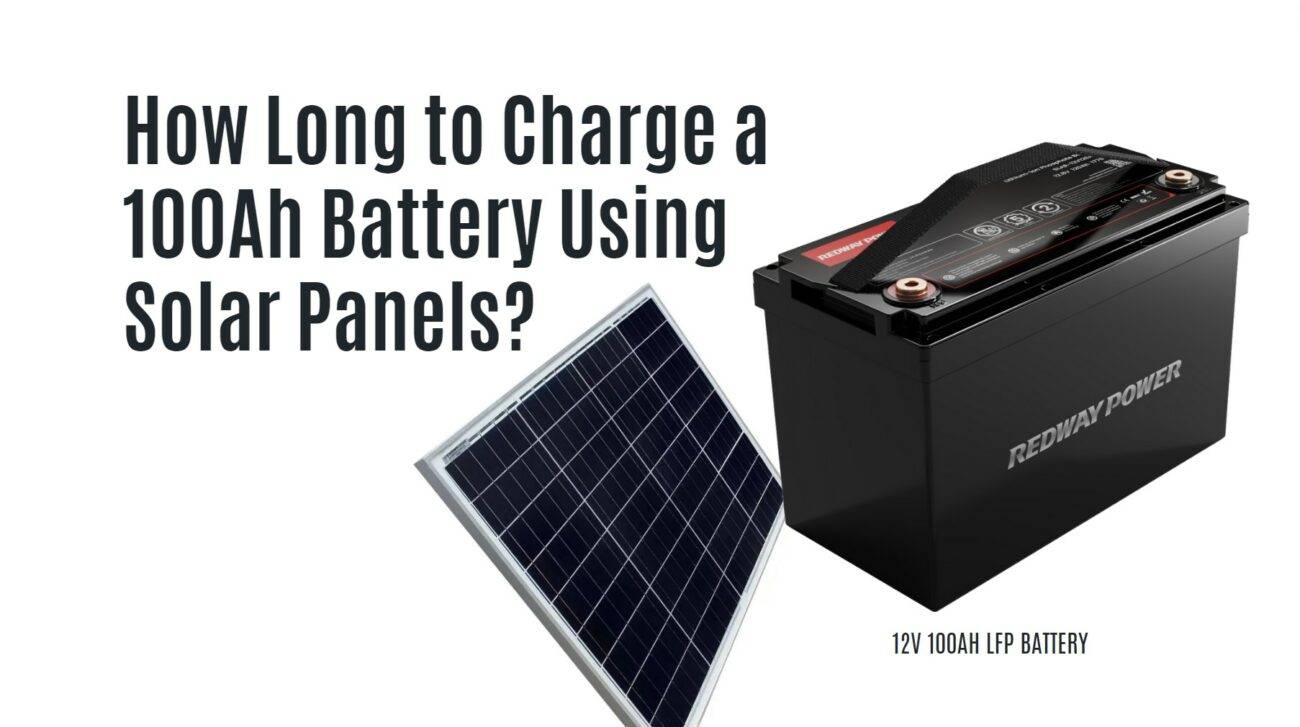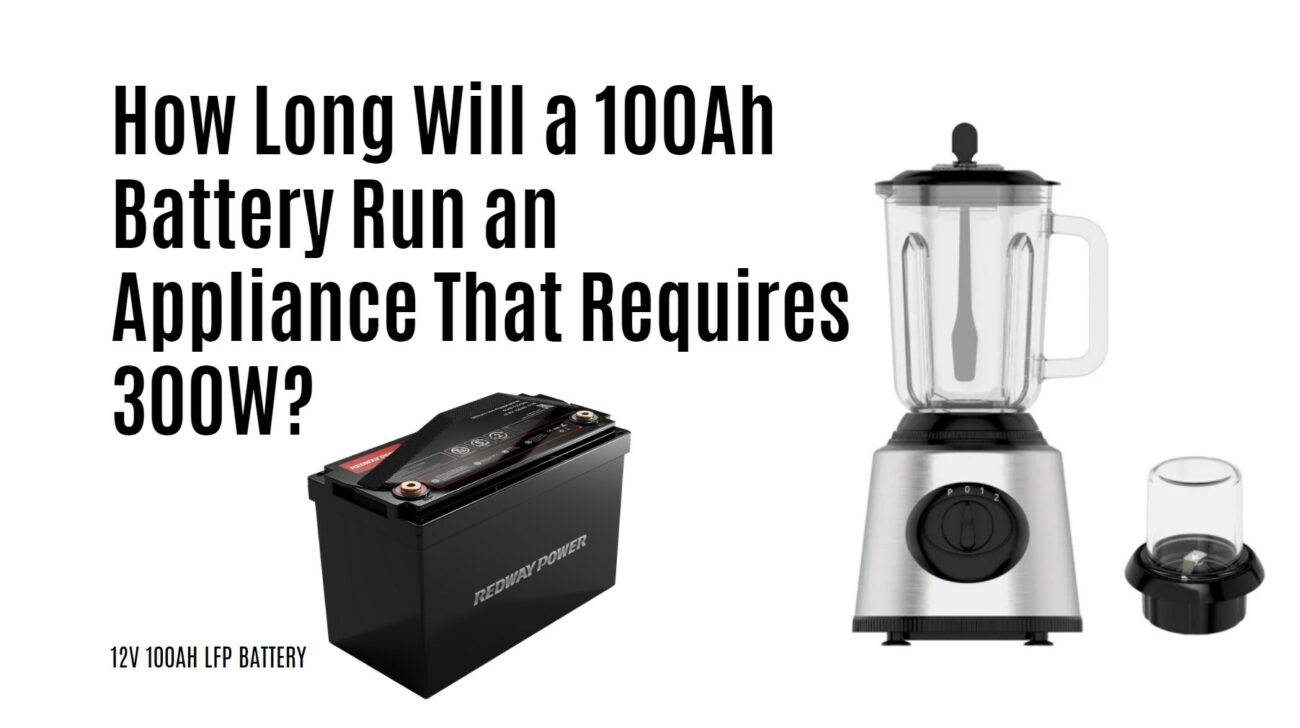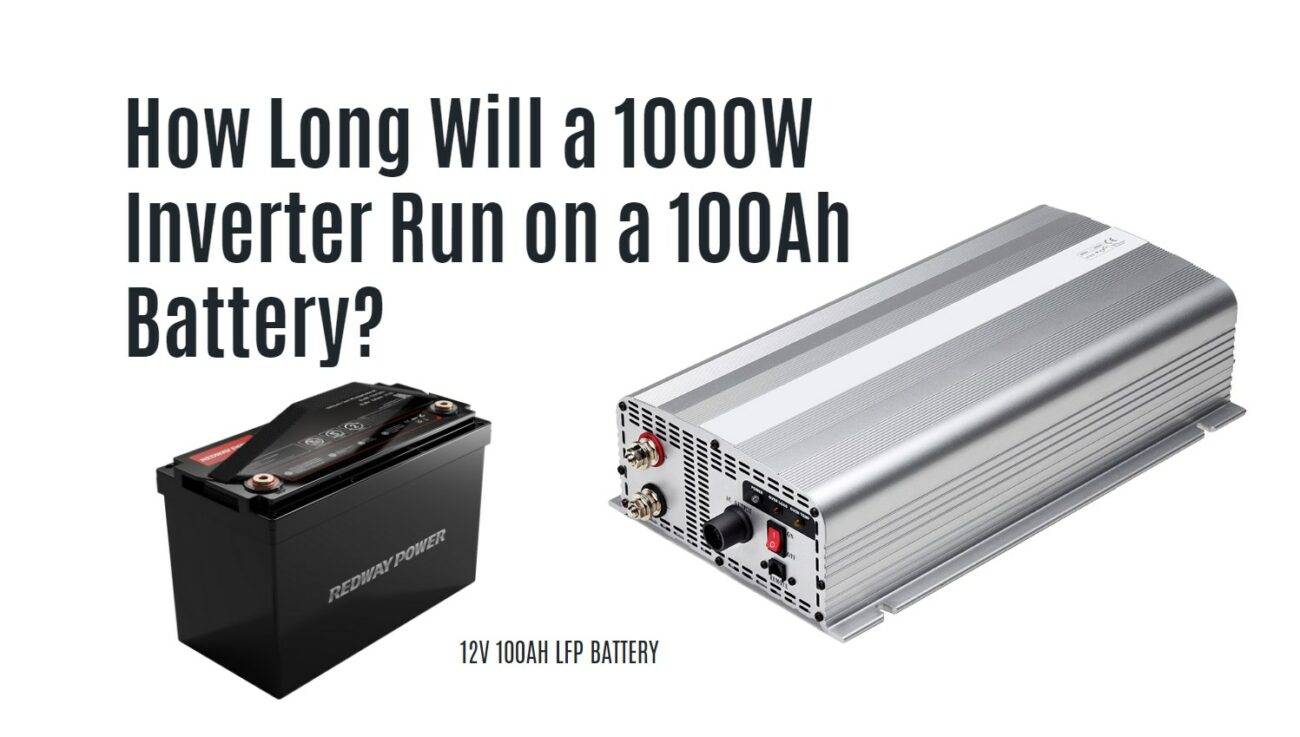- Forklift Lithium Battery
-
48V
- 48V 210Ah
- 48V 300Ah
- 48V 420Ah (949 x 349 x 569 mm)
- 48V 420Ah (950 x 421 x 450 mm)
- 48V 456Ah
- 48V 460Ah (830 x 630 x 590 mm)
- 48V 460Ah (950 x 421 x 450 mm)
- 48V 460Ah (800 x 630 x 600 mm)
- 48V 460Ah (820 x 660 x 470 mm)
- 48V 500Ah
- 48V 560Ah (810 x 630 x 600 mm)
- 48V 560Ah (950 x 592 x 450 mm)
- 48V 600Ah
- 48V 630Ah
-
48V
- Lithium Golf Cart Battery
- 12V Lithium Battery
12V 150Ah Lithium RV Battery
Bluetooth App | BCI Group 31
LiFePO4 Lithium
Discharge Temperature -20°C ~ 65°C
Fast Charger 14.6V 50A
Solar MPPT Charging - 24V Lithium Battery
- 36V Lithium Battery
- 48V Lithium Battery
-
48V LiFePO4 Battery
- 48V 50Ah
- 48V 50Ah (for Golf Carts)
- 48V 60Ah (8D)
- 48V 100Ah (8D)
- 48V 100Ah
- 48V 100Ah (Discharge 100A for Golf Carts)
- 48V 100Ah (Discharge 150A for Golf Carts)
- 48V 100Ah (Discharge 200A for Golf Carts)
- 48V 150Ah (for Golf Carts)
- 48V 160Ah (Discharge 100A for Golf Carts)
- 48V 160Ah (Discharge 160A for Golf Carts)
-
48V LiFePO4 Battery
- 60V Lithium Battery
-
60V LiFePO4 Battery
- 60V 20Ah
- 60V 30Ah
- 60V 50Ah
- 60V 50Ah (Small Size / Side Terminal)
- 60V 100Ah (for Electric Motocycle, Electric Scooter, LSV, AGV)
- 60V 100Ah (for Forklift, AGV, Electric Scooter, Sweeper)
- 60V 150Ah (E-Motocycle / E-Scooter / E-Tricycle / Tour LSV)
- 60V 200Ah (for Forklift, AGV, Electric Scooter, Sweeper)
-
60V LiFePO4 Battery
- 72V~96V Lithium Battery
- Rack-mounted Lithium Battery
- E-Bike Battery
- All-in-One Home-ESS
- Wall-mount Battery ESS
-
Home-ESS Lithium Battery PowerWall
- 24V 100Ah 2.4kWh PW24100-S PowerWall
- 48V 50Ah 2.4kWh PW4850-S PowerWall
- 48V 50Ah 2.56kWh PW5150-S PowerWall
- 48V 100Ah 5.12kWh PW51100-F PowerWall (IP65)
- 48V 100Ah 5.12kWh PW51100-S PowerWall
- 48V 100Ah 5.12kWh PW51100-H PowerWall
- 48V 200Ah 10kWh PW51200-H PowerWall
- 48V 300Ah 15kWh PW51300-H PowerWall
PowerWall 51.2V 100Ah LiFePO4 Lithium Battery
Highly popular in Asia and Eastern Europe.
CE Certification | Home-ESS -
Home-ESS Lithium Battery PowerWall
- Portable Power Stations
What Is The Maximum Charging Current For A 100Ah Battery?

The maximum charging current for a 100Ah battery typically ranges from 10A to 30A, depending on the battery type and manufacturer specifications. For optimal performance and longevity, it’s recommended to charge at about 20A, which is 20% of the battery’s capacity. Always consult the manufacturer’s guidelines for specific recommendations.
How does battery type influence maximum charging current?
Battery type significantly influences the maximum charging current. For example:
- Lead-Acid Batteries: Generally, the maximum charging current is around 10-30% of the battery capacity. For a 100Ah lead-acid battery, this translates to a maximum of approximately 30A.
- Lithium-Ion Batteries: These can typically handle higher currents, often up to 50% of their capacity, allowing for faster charging.
- AGM and Gel Batteries: These types usually have a maximum charging current of about 30% of their capacity, similar to lead-acid batteries.
| Battery Type | Maximum Charging Current (for 100Ah) |
|---|---|
| Lead-Acid | 10A – 30A |
| Lithium-Ion | Up to 50A |
| AGM | Up to 30A |
| Gel | Up to 30A |
What factors affect the maximum charging current?
Several factors can affect the maximum charging current for a 100Ah battery:
- Battery Chemistry: Different chemistries have varying tolerances for charging currents.
- Temperature: Higher temperatures can increase the acceptance of charging current, while lower temperatures may reduce it.
- State of Charge: A fully discharged battery can initially accept more current than one that is partially charged.
- Manufacturer Specifications: Always refer to specific guidelines provided by the manufacturer regarding maximum charging currents.
How can you calculate the maximum charging current for a 100Ah battery?
To calculate the maximum charging current, you can use the following formula:
Maximum Charging Current=Battery Capacity×Charge Rate
For example, if you want to charge a 100Ah battery at a rate of C/5 (20%), the calculation would be:
Maximum Charging Current=100Ah×(1/5)=20A
This means that under these conditions, you should not exceed a charging current of 20A.What are the best practices for charging a 100Ah battery?To ensure safe and effective charging of a 100Ah battery, consider these best practices:
- Use Compatible Chargers: Ensure that your charger is suitable for your specific battery type.
- Monitor Temperature: Keep an eye on temperature during charging; excessive heat may indicate overcharging.
- Follow Manufacturer Guidelines: Adhere strictly to manufacturer recommendations regarding charging currents and voltages.
- Avoid Overcharging: Utilize chargers with automatic shut-off features to prevent overcharging.
How does ambient temperature impact charging efficiency?
Ambient temperature plays a crucial role in charging efficiency. Batteries perform best at moderate temperatures (around 25°C or 77°F). At higher temperatures, internal resistance decreases, allowing for greater acceptance of current. However, excessive heat can lead to gassing and potential damage. Conversely, low temperatures can increase internal resistance and reduce the amount of current accepted during charging.What safety precautions should be taken when charging batteries?Safety is paramount when it comes to charging batteries. Here are essential precautions:
- Ventilation: Ensure that the area is well-ventilated to disperse any gases produced during charging.
- Correct Polarity: Always connect chargers with correct polarity to prevent short circuits.
- Regular Monitoring: Check for any signs of swelling or excessive heat during the charging process.
- Use Protective Gear: If necessary, wear gloves and goggles when handling batteries.
Industrial News
Recent developments in battery technology have focused on improving safety measures and efficiency in charging practices. Innovations include smart chargers that automatically adjust their output based on battery type and condition. This not only enhances performance but also mitigates risks associated with overcharging. Additionally, research into new materials aims to further extend battery life and reduce environmental impact.
Redway Power Expert Views
“Understanding your battery’s specifications is crucial,” states an expert from Redway Power. “Adhering to recommended charging currents maximizes performance and extends lifespan. Always consult manufacturer guidelines and choose chargers designed specifically for your type of battery.”
FAQ Section
Q1: What is the ideal charging current for a lead-acid battery?
A1: The ideal charging current for a lead-acid battery is typically around 10% to 30% of its capacity.Q2: Can I use any charger for my lithium-ion battery?
A2: No, it is essential to use a charger specifically designed for lithium-ion batteries due to their unique chemistry and voltage requirements.Q3: How often should I check my battery while it’s charging?
A3: Regular monitoring during charging is recommended, especially checking for unusual heat or swelling.Q4: What happens if I exceed the maximum recommended charging current?
A4: Exceeding the maximum recommended current can lead to overheating, reduced lifespan, or even damage to the battery.Q5: Is it safe to charge batteries indoors?
A5: Yes, as long as there is adequate ventilation and safety precautions are followed.


























